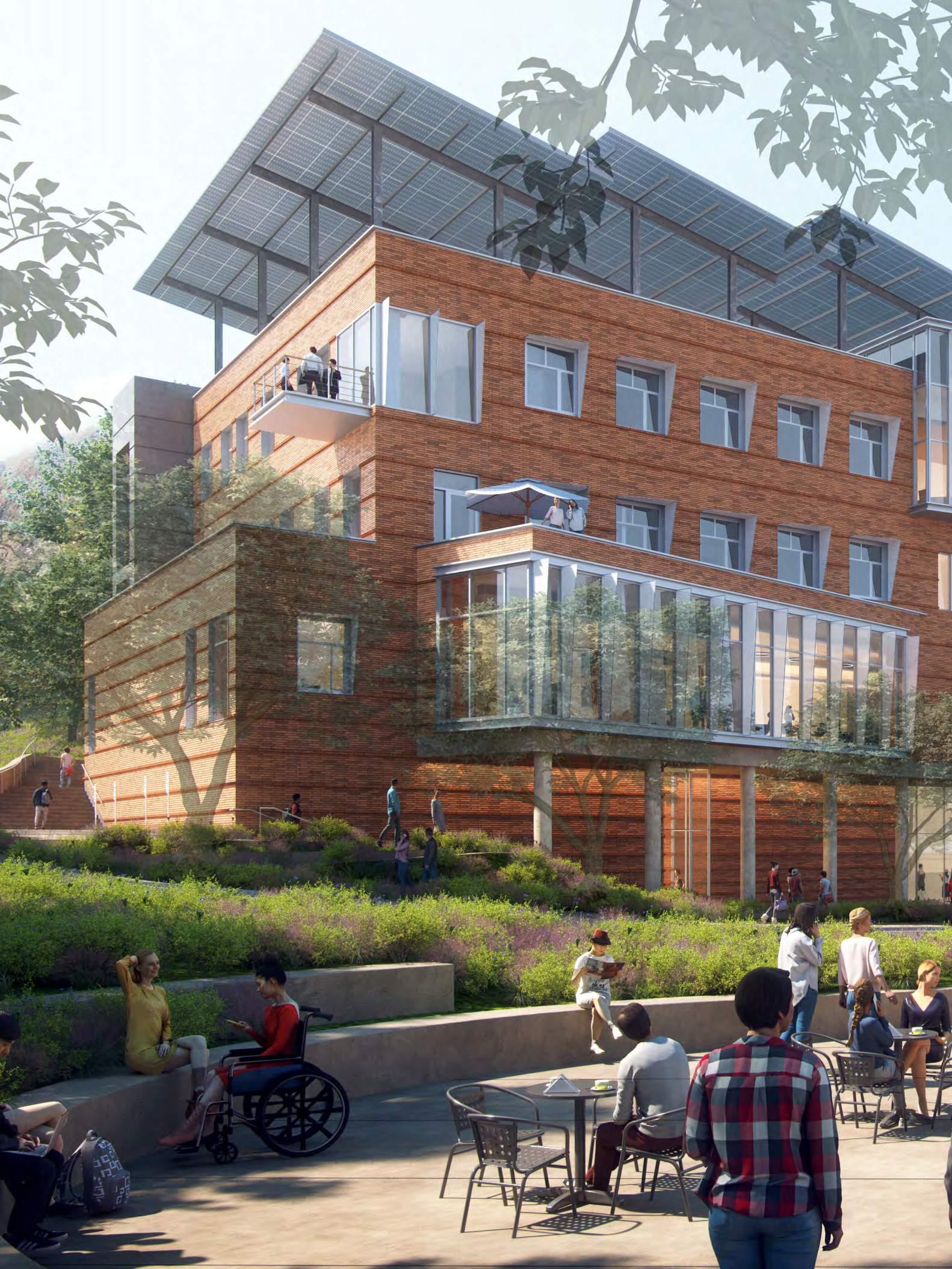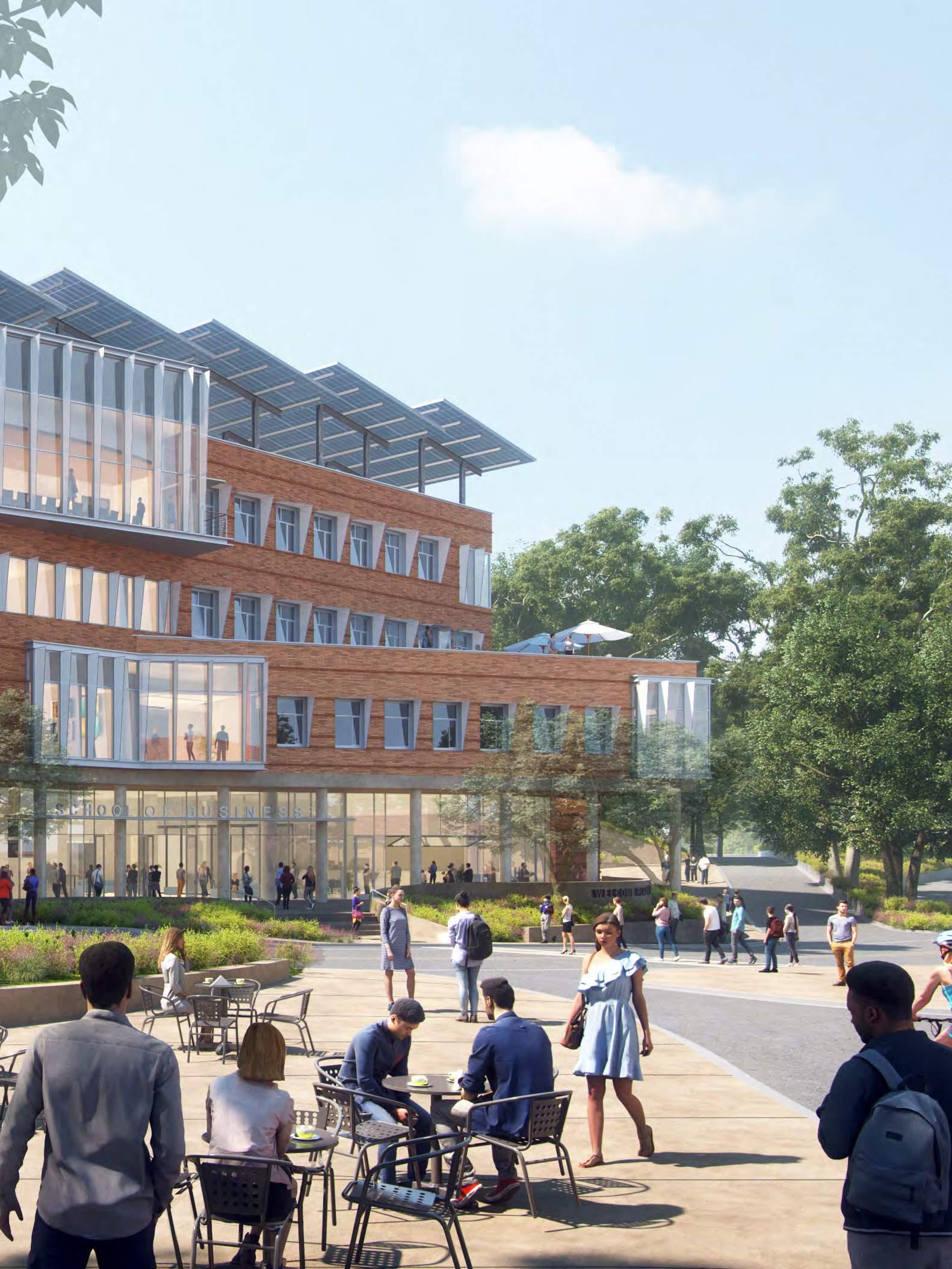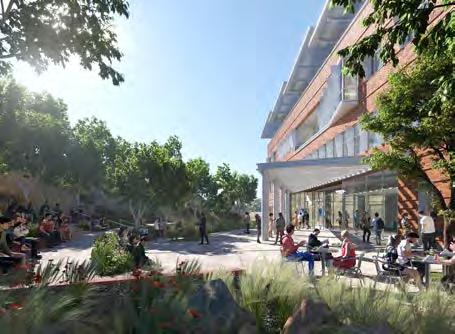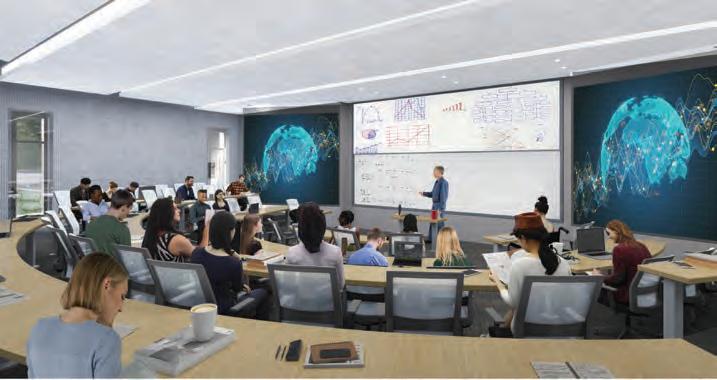
5 minute read
Speaking Creatively
Speaking Creatively How company leaders talk about creativity can hurt investor confidence
By Holly Ober
Creativity is often touted as a positive activity for organizations, but it is inherently risky. Research led by UC Riverside management professors has found that when company leaders discuss creativity and innovation, investors react negatively to the perception of risk, displaying a creativity bias. However, the research also shows that this reaction may not be warranted because creativity-speak is linked with higher firm financial performance. Moreover, investor confidence is affected by the tone company leaders adopt when talking about creativity and innovation. Leaders who talk about creativity in a confident, positive manner reassure investors, while creativity-speak that takes a more negative tone turns them away.
Michael Haselhuhn, associate professor of management Elaine Wong, associate professor of management
“Companies love to play up innovation and creativity, and most research on creativity says itʼs a good thing,” says Michael Haselhuhn, UCR associate professor of management and co-author of the study, “Investors respond negatively to executivesʼ discussion of creativity,” published in Organizational Behavior and Human Decision Processes. “But there is some research that suggests the opposite. Creative ideas are inherently risky, and people donʼt like novelty or uncertainty in leaders. We wanted to see if the creativity bias holds in the real world where it matters, so we looked to see how investors respond to executivesʼ discussions of creativity.” For the study, Haselhuhn and Elaine Wong, also a UCR associate professor of management, and Margaret Ormiston at George Washington University, obtained transcripts of conference earnings calls made to investors. They used a computer program to analyze the transcripts for words related to creativity and innovation, tracking how many times these words were mentioned during the conference calls. From other sources, they found stock return data and financial performance data. Then, the researchers ran regressions and robustness checks on the combined datasets and found correlations between creativityspeak, investor confidence, and earnings. They found that firms whose top executives discussed creativity and innovation to a greater degree had relatively lower stock returns, indicating lower investor confidence. But the same did not hold true for company earnings. “Surprisingly, and in contrast to the creativity bias expressed by investors, firms with leaders that engaged in creativity-speak actually had higher earnings,” says Wong. “The perception of risk, however, was still enough to deter investors, but only in certain circumstances.”
When executives talked about creativity with a positive tone and emotions, and communicated confidence and optimism, such as crediting creativity for recent positive performance, the researchers found no negative effect on investor confidence. But when executives talked about creativity in a more negative tone, for example, suggesting that creativity and innovation were solutions to lagging company performance, investors turned away.
Investor Confidence
“The tone of conversation was more important than the industry or situation. If you mention negative things alongside creativity youʼll hurt investor confidence,” says Ormiston. “Investors are wary of creativity and innovation as evidenced by lowered stock returns in response to creative expression. Top executives need to understand this concern and make efforts to minimize it.”
★ Profits
CREATIVITY-SPEAK
BUILDING A NEW HOME FOR BUSINESS
This fall, the UCR School of Business starts construction on its iconic new facility. The contemporary structure’s resilient design embraces innovation—ready to flex with technologies and educational advances yet unknown—creating extraordinary new opportunities to serve our students, the region’s businesses, and the UC Riverside campus community.

The extraordinary new UC Riverside School of Business building is breaking ground. The iconic structure of brick, glass, metal, and exposed concrete is designed with the essential physical and technological flexibility for inevitable growth. The accelerated use of technology, innovations in interdisciplinary collaboration, the expansion of local business partnerships, and the focus on increased global reach and connectivity demand a contemporary and forward-thinking facility. Our new home will fulfill our ambitious plans to build more
Our new home will fulfill our ambitious plans to build more connections and partnerships and is tailor-made for our UCR School of Business students, research faculty, and our local and global business partners.
connections and partnerships and is tailor-made for our UCR School of Business students, research faculty, and our local and global business partners. Over summer 2022, the University of California Board of Regents and Capital Strategies Committee approved moving forward with the project proposal—the result of two-and-half-years of work and invaluable input by students, faculty, staff, administrators, and the community. The four-story buildingʼs exterior is inspired by UCRʼs rich architectural heritage and takes its cues from other iconic campus buildings, including the 1953 Physical Education Building. The new buildingʼs two-story front porch mirrors the scale of the schoolʼs current home, Anderson Hall, which was

The buildingʼs spaces are designed for both academic activity and community outreach, like this fourth-floor boardroom. Hillside gardens create shaded gathering areas on the northeast side of the building.

built in 1917. The exterior also utilizes the campusʼs ubiquitous brick palette, which is so familiar to those who study and work at UCR. With the clear intention to encompass all the demands of our business school community well into this century, our new home will set the international standard for business school facilities—physically, technologically, and educationally.

The southwest façade facing Anderson Hall. The buildingʼs design incorporates brick, glass, metal, and exposed concrete.


Adjacent to the business schoolʼs 1917 Anderson Hall, right, the new structure will create a School of Business campus for our students, faculty, alumni, staff, and community members.

With constant activity day and night, the new building offers both indoor and outdoor study and learning areas. A mix of classrooms accommodates different learning and teaching styles.
Building a Home
The new facilityʼs work environments have been intentionally conceived with a welcoming, healthy, and technologically sophisticated design, along with a commitment to environmental stewardship within the materials used for its construction for LEED Gold certification.
• Groundbreaking begins fall 2022 • Completion expected fall 2024 • 63,400-square-foot facility • $87 million estimated cost • Large auditorium • 2 large, tiered classrooms • Computer/finance lab • Multi-purpose room and adjacent airy lobby • Boardroom and multiple conference rooms • Study spaces for students and teaching assistant group meeting rooms • Student lounge • Faculty offices • Office suites for staff and administrators



